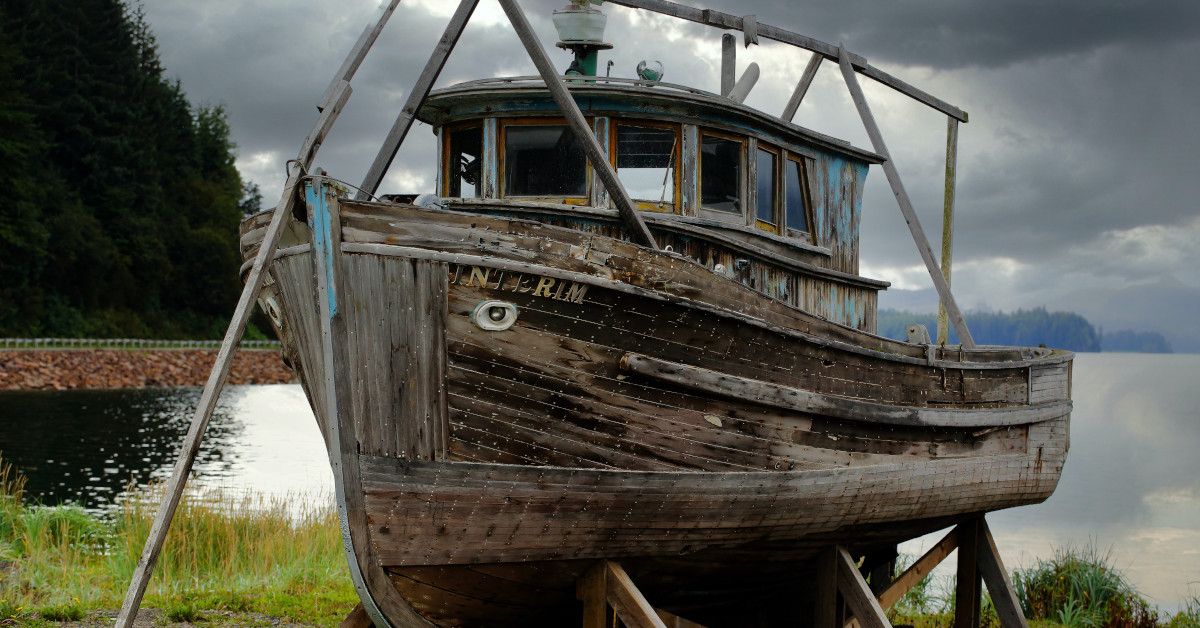We all know about climate change, don’t we? But maybe we are all a bit vague on the economic consequences, and unfortunately, despite being labelled the biggest threat to society and the planet, it just never quite gets urgent enough for many of us to worry about. The Intergovernmental Panel on Climate Change states that ‘It is unequivocal that human influence has warmed the atmosphere, ocean and land. Widespread and rapid changes in the atmosphere, ocean, cryosphere and biosphere have occurred.’ Each of the last four decades has been successively warmer than any decade that preceded it since 1850. This is becoming more evident as extreme weather is increasingly being attributed to climate change by meteorologists. Such events hit the headlines.
The less high-profile, slow impact of increasing sea levels is becoming an existential reality for some nations. For example in the Pacific Ocean, low-lying island nations are seriously considering relocation. The nation of Kiribati has bought a piece of Fiji to relocate its 103,000 residents if they must leave their home island. Many other small-island developing states are also feeling the impact of sea level rise already as coastal flooding and erosion removes low-lying valuable land, which cannot easily be replaced. In the Maldives, in the Indian Ocean, where the maximum elevation of the land is less than 3m above sea level, various actions are already being taken. These include protecting groundwater and increasing rainwater harvesting, as well as increasing the elevation of critical infrastructure and reclaiming land from the sea.
Sea level rise is attributed to two main processes. First, warming of the oceans causes seawater to expand. This thermal expansion has contributed about 25% of the long–term rise in sea level over the latter half of the 20th century. However, this relative contribution is expected to fall in future as the second source of sea level rise becomes more important. The latter is due to the melting of glaciers and ice sheets worldwide adding more water to the oceans. We aren’t sure how fast the Greenland and the Antarctic ice caps will melt, but evidence suggests that the rates are increasing and sea level rise is accelerating. Mountain and polar glaciers will continue melting for decades or centuries just due to greenhouse gas emissions so far. Also further loss of carbon from the permafrost following rapid thawing of the Arctic is irreversible over hundreds of years, adding further warming. Continued ice loss over the 21st century is virtually certain for the Greenland Ice Sheet and likely for the Antarctic Ice Sheet. There is less confidence in what is happening in the Antarctic but evidence will continue to be gathered, increasing our understanding, and we must not let our lack of a definitive answer stop us from taking action now. There is uncertainty about the likely magnitude of global sea level rise by 2100, with estimates ranging between 0.3m – 2m, however if the whole Greenland ice cap melted it would raise global sea level by about 7m. If both the Greenland and Antarctic ice caps melted they would contribute about 70m of sea level rise, flooding all coastal cities.
In case we in the UK feel complacent that we do not live in a very low-lying country, we need to be aware that as humans we have concentrated our largest cities and most valuable infrastructure in the coastal zone worldwide. London will be increasingly vulnerable to flooding by tides, storm surges and the River Thames, due to sea level rise, and ultimately could be completely inundated – only the timescales are uncertain. The encroaching sea can also release pollutants in coastal sediments, flood important wetland habitats and devastate smaller coastal communities and much sea level rise is already locked in for centuries.
Summary for Lib Dems and policymakers
The steady and accelerating increase in sea level globally is a threat to low-lying populations and infrastructure which will become ever more evident in the future. Small island developing states in the Pacific, the Indian Ocean and the Caribbean are particularly under threat but all coastal cities need to be concerned. There is uncertainty in the rate of melting of the polar ice caps in Greenland and Antarctica but the potential is to lead to 70m of sea level rise if all the ice melts. Developed countries are not invulnerable to sea level rise as most coastal cities will see increased coastal flooding.


Leave a Reply